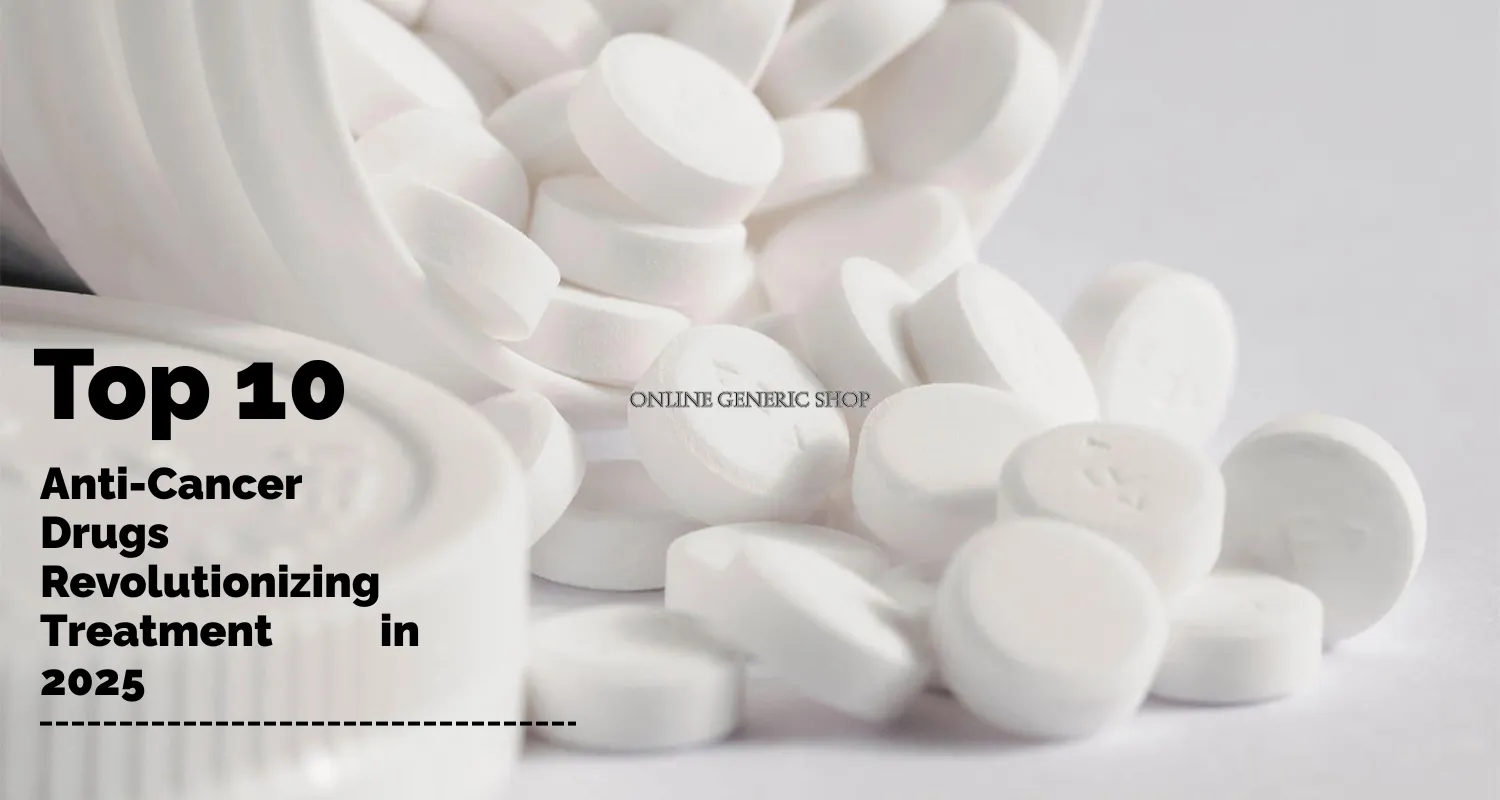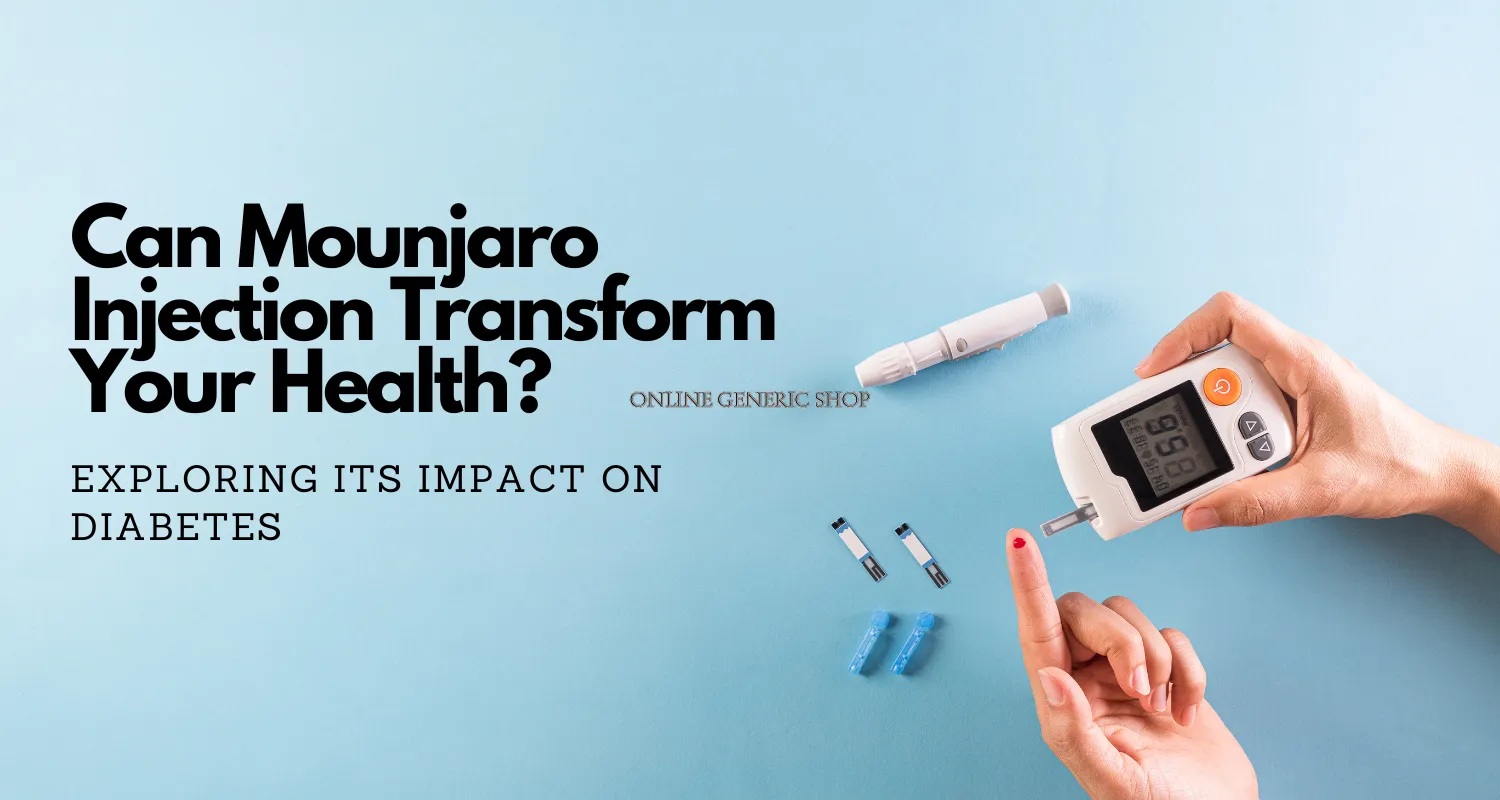Top 10 Anti-Cancer Drugs Revolutionizing Treatment in 2025

Top 10 Anti-Cancer Drugs Revolutionizing Treatment in 2025
The landscape of cancer treatment in 2025 is marked by unprecedented innovation, with new drugs and therapies transforming how we combat this complex disease. Advances in immunotherapy, targeted therapy, and antibody-drug conjugates (ADCs) have led to improved survival rates and quality of life for patients. Below, we highlight the top 10 anti-cancer drugs making waves in 2025, based on their efficacy, novel mechanisms, and recent approvals or clinical promise. These drugs are reshaping oncology, offering hope for patients with both common and hard-to-treat cancers. Always consult a healthcare provider to determine the best treatment options for your condition.
Key Points
-
Immunotherapy and ADCs Lead the Way: Drugs like pembrolizumab and trastuzumab deruxtecan dominate due to their precision and immune-boosting capabilities.
-
Targeted Therapies: Medications like sotorasib and inavolisib target specific genetic mutations, offering personalized treatment.
-
Recent Approvals: Many drugs received FDA approval in 2024–2025, expanding options for breast, lung, and blood cancers.
-
Challenges Remain: High costs and access disparities, particularly in low-income regions, limit widespread adoption.
-
Consult Experts: Always seek medical advice to ensure treatments align with your health profile.

Top 10 Anti-Cancer Drugs in 2025
1. Pembrolizumab (Keytruda)
-
Type: Immunotherapy (PD-1 inhibitor)
-
Indications: Non-small cell lung cancer (NSCLC), melanoma, cervical cancer, bladder cancer, and more
-
Why It’s Revolutionary: Pembrolizumab blocks the PD-1 protein, unleashing the immune system to attack cancer cells. In 2024, it gained approvals for new indications, including stage III-IVA cervical cancer with chemoradiotherapy, removing prior PD-L1 expression requirements. Clinical trials show a 40–50% response rate in PD-L1-positive NSCLC and improved overall survival (OS) by 6–12 months compared to chemotherapy. Its versatility across cancer types and over $20 billion in 2023 sales highlight its impact.
-
Impact on Patients: Enhances survival and quality of life, with manageable side effects like fatigue and rash.
2. Trastuzumab Deruxtecan (Enhertu)
-
Type: Antibody-Drug Conjugate (ADC)
-
Indications: HER2-positive and HER2-low breast cancer, NSCLC, gastric cancer
-
Why It’s Revolutionary: This ADC combines a HER2-targeting antibody with a chemotherapy payload, delivering toxic agents directly to cancer cells. In 2025, it was approved for HR-positive, HER2-low/ultralow metastatic breast cancer, doubling progression-free survival (PFS) to 13.2 months vs. 8.1 months for chemotherapy in trials. Its “bystander effect” kills neighboring cancer cells, making it effective even in low-HER2 tumors.
-
Impact on Patients: Offers hope for previously untreatable HER2-low breast cancers, though costs (~$13,000/month) remain a barrier.
3. Daratumumab (Darzalex/Darzalex Faspro)
-
Type: Monoclonal Antibody (CD38 inhibitor)
-
Indications: Multiple myeloma, smoldering myeloma
-
Why It’s Revolutionary: Daratumumab targets CD38 on myeloma cells, killing them directly and boosting immune responses. Its subcutaneous form (Darzalex Faspro) improves patient comfort with faster administration. In 2025, it’s poised to become the first approved treatment for smoldering myeloma, with trials showing a 60% reduction in progression to active myeloma. 2024 sales reached $2.69 billion in Q1 alone.
-
Impact on Patients: Extends PFS and offers a less invasive delivery, improving adherence and outcomes.
4. Sotorasib (Lumakras)
-
Type: Targeted Therapy (KRAS G12C inhibitor)
-
Indications: NSCLC, colorectal cancer (CRC)
-
Why It’s Revolutionary: Sotorasib was the first FDA-approved KRAS inhibitor (2021), targeting the previously “undruggable” KRAS G12C mutation in 13% of NSCLC cases. Trials show a 36% response rate and 12.6-month median OS in pretreated NSCLC. In 2025, it’s being studied for CRC and pancreatic cancer, with combination therapies addressing resistance.
-
Impact on Patients: Offers hope for KRAS-mutated cancers, though resistance remains a challenge.
5. Inavolisib
-
Type: Targeted Therapy (PI3K inhibitor)
-
Indications: HR-positive, HER2-negative breast cancer with PIK3CA mutations
-
Why It’s Revolutionary: Inavolisib targets and degrades the PI3K alpha protein, a driver in 40% of HR-positive breast cancers. In 2025, phase III trials showed it extended OS by 7 months (34 vs. 27 months) and PFS by 17.2 months vs. 7.3 months when combined with palbociclib and fulvestrant. Its FDA breakthrough designation in 2024 signals strong potential.
-
Impact on Patients: Significantly delays disease progression, offering a new option for advanced breast cancer.
6. Datopotamab Deruxtecan (Dato-DXd)
-
Type: Antibody-Drug Conjugate (ADC)
-
Indications: HR-positive, HER2-negative breast cancer, NSCLC
-
Why It’s Revolutionary: This ADC targets TROP2, a protein overexpressed in NSCLC and breast cancer. In 2025, it gained FDA approval for HR-positive, HER2-negative breast cancer, with trials showing a PFS of 6.9 months vs. 4.9 months for chemotherapy. Its targeted delivery minimizes damage to healthy tissues, reducing side effects.
-
Impact on Patients: Improves PFS with fewer toxicities, enhancing quality of life.
7. Nivolumab (Opdivo)
-
Type: Immunotherapy (PD-1 inhibitor)
-
Indications: Bladder cancer, colorectal cancer, NSCLC, melanoma
-
Why It’s Revolutionary: Nivolumab enhances immune response by blocking PD-1. In 2024, it was approved with ipilimumab for unresectable hepatocellular carcinoma and MSI-H/dMMR colorectal cancer, with trials showing a 32% response rate in colorectal cancer. Its combination therapies are expanding into new indications in 2025.
-
Impact on Patients: Broad applicability and improved survival, though immune-related side effects require monitoring.
8. Ivosidenib (Tibsovo)
-
Type: Targeted Therapy (IDH1 inhibitor)
-
Indications: Cholangiocarcinoma, myelodysplastic syndromes (MDS), AML
-
Why It’s Revolutionary: Ivosidenib targets IDH1 mutations in 15% of cholangiocarcinomas and select blood cancers. In 2024, it gained approval for MDS with IDH1 mutations, with trials showing a 38% complete remission rate in AML. Its precision makes it a game-changer for rare cancers.
-
Impact on Patients: Offers targeted treatment for mutation-specific cancers, with minimal side effects.
9. Zanubrutinib (Brukinsa)
-
Type: Targeted Therapy (BTK inhibitor)
-
Indications: Follicular lymphoma, CLL/SLL, mantle cell lymphoma
-
Why It’s Revolutionary: Zanubrutinib inhibits Bruton’s tyrosine kinase, critical for B-cell cancers. In 2024, it received accelerated approval for relapsed/refractory follicular lymphoma, with a 68% response rate in trials. Its lower toxicity compared to older BTK inhibitors enhances its appeal.
-
Impact on Patients: Improves response rates and tolerability in blood cancers.
10. Polatuzumab Vedotin (Polivy)
-
Type: Antibody-Drug Conjugate (ADC)
-
Indications: Diffuse large B-cell lymphoma (DLBCL)
-
Why It’s Revolutionary: This ADC targets CD79b, delivering chemotherapy directly to lymphoma cells. Approved in 2023 for treatment-naïve DLBCL with R-CHP, it reduced the risk of progression by 27% in trials. Its uptake in over 50 countries by 2025 underscores its impact.
-
Impact on Patients: Enhances survival in aggressive lymphomas with fewer side effects than traditional chemotherapy.
Why These Drugs Are Revolutionary
These drugs represent the forefront of oncology in 2025 due to:
-
Precision Medicine: Targeted therapies like sotorasib and inavolisib focus on specific genetic mutations, improving efficacy and reducing side effects.
-
Immunotherapy Advances: Pembrolizumab and nivolumab harness the immune system, offering durable responses across multiple cancers.
-
ADC Innovation: Trastuzumab deruxtecan, datopotamab deruxtecan, and polatuzumab vedotin deliver chemotherapy precisely, minimizing toxicity.
-
Expanded Indications: Recent FDA approvals (e.g., pembrolizumab for cervical cancer, daratumumab for smoldering myeloma) broaden treatment options.
-
Clinical Impact: Trials show significant improvements in PFS, OS, and response rates, translating to longer, better-quality lives.
Challenges and Considerations
Despite their promise, these drugs face challenges:
-
High Costs: Prices like $13,000/month for Enhertu or $214,000/year for Ibrance limit access, especially in low-income regions.
-
Access Disparities: 70% of cancer deaths occur in low- and middle-income countries due to limited healthcare infrastructure.
-
Side Effects: Immunotherapies can cause immune-related toxicities, while ADCs may lead to neutropenia or liver issues.
-
Resistance: Tumors can develop resistance, as seen with KRAS inhibitors, requiring combination therapies.
-
Regulatory Hurdles: Accelerated approvals, while speeding access, may lack long-term survival data, prompting scrutiny.
Patients should:
-
Consult oncologists to match treatments to tumor genetics.
-
Use reputable pharmacies to avoid counterfeits.
-
Explore clinical trials for access to emerging therapies.
-
Monitor side effects and report them promptly.
Future Outlook
In 2025, oncology is poised for further breakthroughs:
-
Cancer Vaccines: Neoantigen vaccines for low-mutation cancers like pancreatic cancer are in trials.
-
AI Integration: AI-driven drug discovery and diagnostics will accelerate development and personalize treatments.
-
Combination Therapies: Pairing ADCs with immunotherapies or targeted drugs will enhance efficacy and combat resistance.
-
Global Access: Efforts to address disparities, like AI-based screening in low-resource areas, are gaining traction.
Conclusion
The top 10 anti-cancer drugs of 2025 pembrolizumab, trastuzumab deruxtecan, daratumumab, sotorasib, inavolisib, datopotamab deruxtecan, nivolumab, ivosidenib, zanubrutinib, and polatuzumab vedotin are revolutionizing cancer care through precision, immune activation, and targeted delivery. They offer hope for patients with breast, lung, blood, and rare cancers, significantly improving survival and quality of life. However, high costs and access challenges underscore the need for equitable healthcare solutions.



